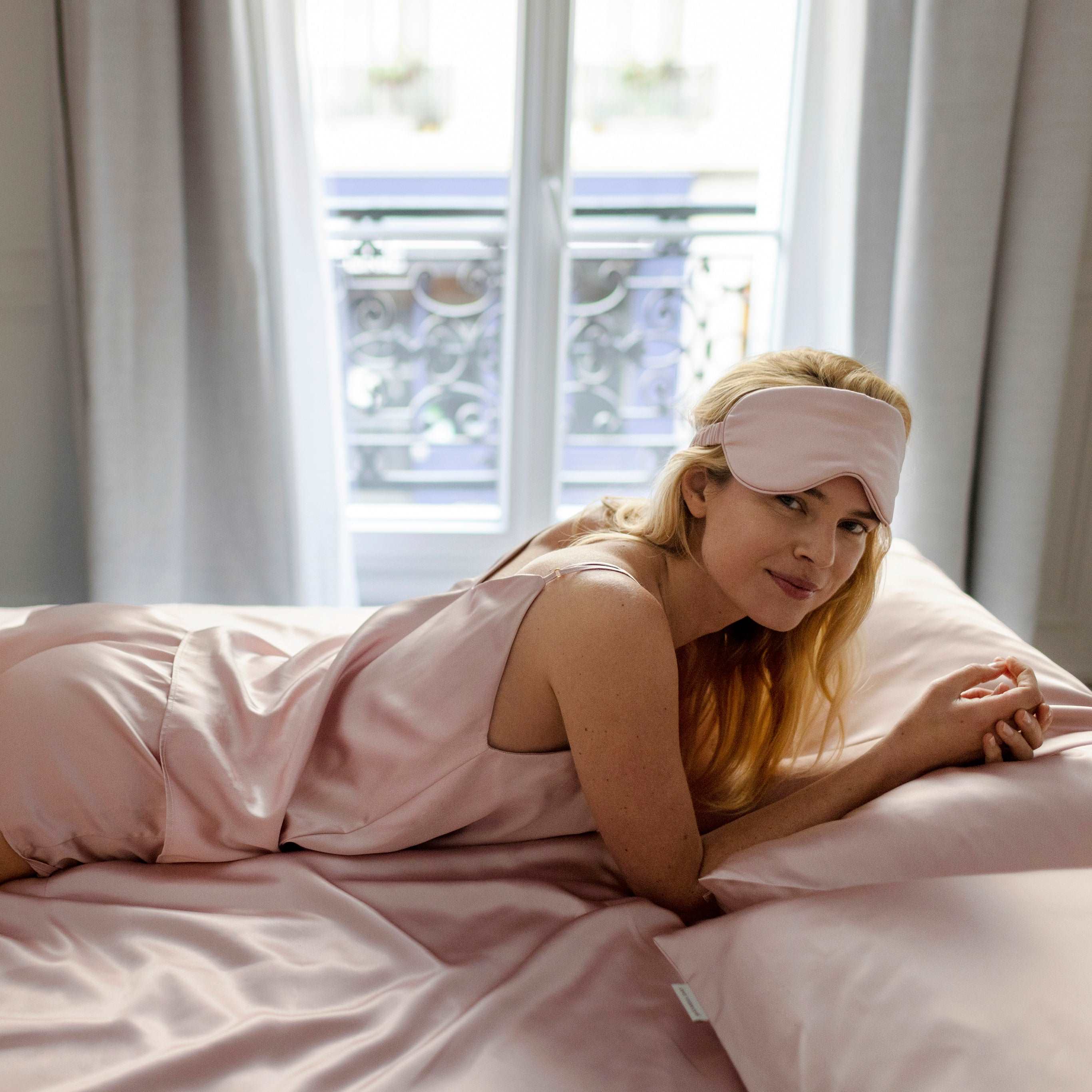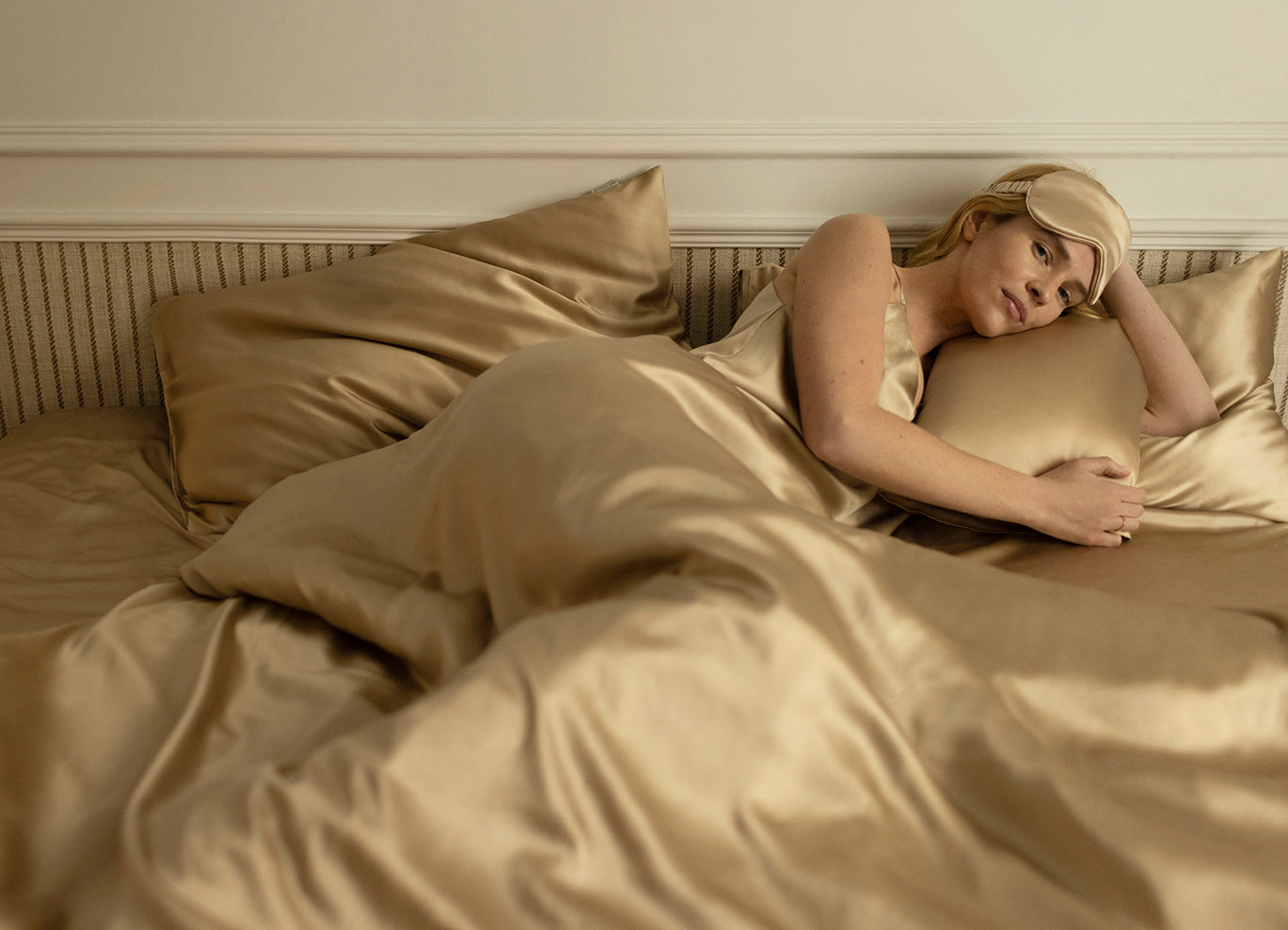
The art of sleep – night habits of creative minds
Sleep plays such an important role in human life that artists, like everyone else, talk about it, love it and sometimes… miss it. If we look into their routines, we will see how greatly they are influenced by rest or the lack of it. It opens a new and fascinating world of extraordinary people, who did ordinary things. Taking into consideration how prolific most artists were, one may think they never slept. Some of them tried to rest as little as possible or suffered from insomnia, while others waited for it and saw it as a creative act itself. When sticking to their routines, some depended on medication to fall asleep, others maintained a well-planned lifestyle which turned sleep into a way of staying creative.
Let’s peek into an intimate life of some of the greatest artists in the history of mankind and their relationship with sleep.
Sleep – a laborious task
Staying creative may be a more demanding task than we could possibly imagine. It requires constant mind stimulation, devotion and, apparently above all, a lot of self-discipline. Artists, who we perceive as geniuses, were in fact those who did not count solely on their talent, but it was their routine and devotion that allowed them to work.
If not handled with caution and followed by well-deserved rest, such demanding process could often leave artists weary. No wonder many of them suffered from insomnia. Many of them did their best to come up with a system to find some rest at night. Louis Armstrong could possibly be the best example. He was constantly on tour, so a night habit was something he needed to stay in a relatively good shape. Before his shows, Armstrong applied a lip salve prepared by a German trombone player which eased his constant lip problems. After concerts he would trust music to make him fall asleep but before that he drank a powerful herbal laxative. His doctors were truly concerned with this practice but apparently it worked as Armstrong was in quite good shape.
Francis Bacon, an Irish painter known for his raw and unsettling style, was also truly dedicated to keeping habits, however, sleep was probably the only field which was out of control. He did everything to postpone going to bed. Bacon invited friends to come over for a drink and when they finally left, he would take some sleeping pills. In bed he kept reading and rereading classic cookbooks to make himself fall asleep.
Bacon was not the only one to trust medication to get some well-deserved rest. The same way of dealing with insomnia was a habit for an American philosopher – William James. He had a deep fondness for habits and yet he led a pretty disorderly life. He often relied on chloroform to put himself to sleep. Marcel Proust, best known for his novel In Search of Lost Time, did not have a healthy lifestyle either. He hardly ever ate, and worked in bed until he felt weary. Then he would take a caffeine pill to keep going until it was time to go to sleep so he mixed it with a barbital sedative.
But it was probably Mark Twain who tried the highest number of sleep remedies. Some of his specifics included: champagne, lager-beer, and whisky. When nothing worked, his family would find him sleeping on the bathroom floor as apparently it helped him fall asleep. Finally, one evening Twain went to bed at 10 pm and to his surprise he fell asleep immediately. The answer to his sleeping problems was always there. He just did not see it.
Creating a resting haven
It may seem that artists’ lives revolve around insomnia and eagerness to finally get a well-deserved sleep. However, there have been many creative minds that were able to develop their rituals to wake up fresh in the morning.
Simone Beauvoir, a French writer, philosopher, and feminist activist, led a meticulously planned life where everything had its own place and time. She mindfully devoted herself to each task, fulfilling each of them the best way possible. After dusk she refrained from social meetings, all-night parties and went straight to bed. It was her way to live a balanced life and stay motivated.
A similar solution to dealing with the haste of life was visible in Marie Sklodowska-Curie’s life. This renowned physicist found happiness in repetitiveness, and down-to-earth actions. She is known for her strenuous work at her laboratory and keeping a carefully planned routine. At night she slept a lot as she knew it was not a luxury, but a necessity to stay in good shape and health.
However, one of the best examples of forming a life routine was no one else but a self-made man and symbol of hard work – Benjamin Franklin. His achievements in numerous fields were probably possible thanks to his devotion to work and sticking to his habits. He is a proof that we are able to accomplish anything if we put our heart to it. In his Autobiography he describes how to achieve “moral perfection” in thirteen weeks. Franklin’s plan was all about finding balance in everyday life between work, self-development, and rest. His favourite routine was taking air baths. He would sit in his chamber with no clothes on, while reading or writing, for the maximum of one hour. After this procedure he loved taking a nap which was incredibly satisfying.
Creating sleeping habits by artists is a natural way of life. They turn out to be quite down to earth, however, some creative minds designed their own secluded spaces, like a photojournalist and writer, Margaret Bourke-White, who then could dream without any disturbances. She found working and sleeping under open sky incredibly pleasing so she designed a wheeled garden furniture with a canopy on top. She added some candles and moved it to different parts of her property each night. Thanks to that she could fall asleep at the sunset surrounded by magical fireflies and wake up when the sun emerged, in her own haven.
Even though artists may have different sleeping patterns, they turn out to be nothing but ordinary. Everyone is different, so no wonder they portrayed unique night routines. Some led a healthy and balanced lifestyle, others needed some help in forming a habit. There were also artists like a writer Jerzy Kosinski or architect – Frank Lloyd Wright who experimented with sleeping in intervals of four hours.
The truth is that most artists, regardless of their rituals, slept for seven to eight hours a night – an amount that kept their mind in good shape and their creativity flourishing. It turns out being creative is more about living a planned life than relying on a spark of genius.
by Anna Sokołowska





